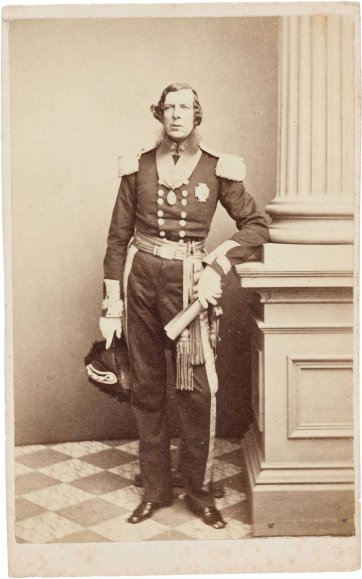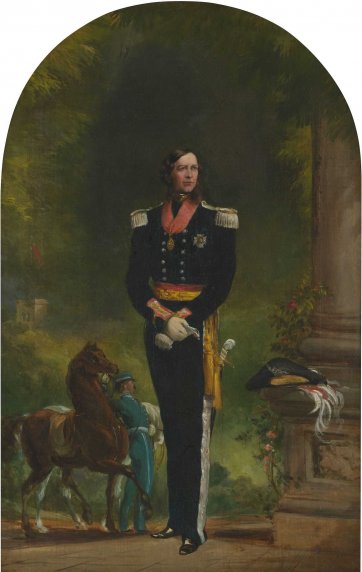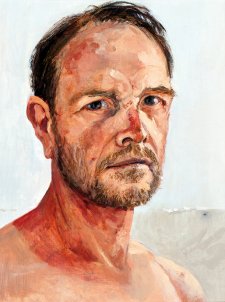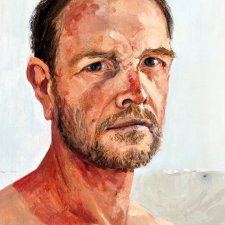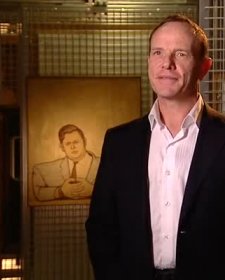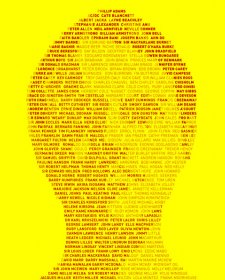Andrew Sayers: Portrait galleries really are about an engagement with people. The better the portrait, the more artistry in the portrait, the better that experience is going to be. So the ideal experience, really, is to feel that you’re looking at somebody. That’s one of the characteristics of great portraiture, is you feel there’s a real person in there.
Narrator: Wherever he travelled in the colonial service, Sir Henry Barkly amassed photographic evidence of a real world of imperial privilege and power. “The Nawab of Farrukhabad,” Barkly wrote beneath this photo, “banished from India for life because of his crimes during the mutiny, ought to have been hanged.”
Andrew Sayers: What I like about this particular portrait is, because it’s a study it’s got a very vivid sense of life about it. It’s small, it’s vital, and it has a wonderfully painted horse in the background, which didn’t make it to the final portrait. Clark was really a very lively painter, with a lightness of touch, and you can see in the energetic horse being restrained by a groom not only something of the painter’s real sense of vital brushwork, but also I think there’s an attempt there to indicate something of the character of the subject.
In the large scale picture Clark decided to leave out the energetic horse. It probably detracted from the dignity, or the worthiness, or the status of the main subject.
